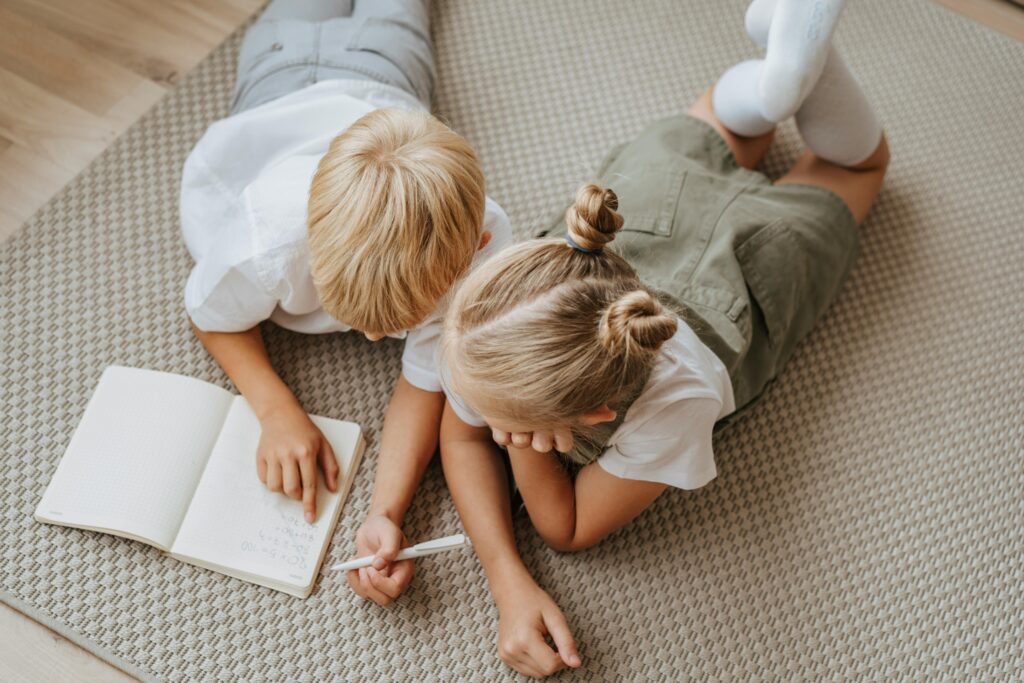Mindfulness Games for Kids to Improve Focus and Emotional Well-Being
In today’s fast-paced world, kids are constantly exposed to stimuli—screens, schoolwork, social challenges, and more. Helping children build mindfulness early on gives them tools to manage stress, focus better, and regulate their emotions. The best part? You can teach mindfulness through play.
Here’s a complete guide to simple mindfulness games that help kids become more aware, calm, and centered—all while having fun.
Why Mindfulness Matters for Kids
Mindfulness is the practice of being fully present in the moment. For children, this helps them:
Improve focus and attention span
Develop better emotional control
Reduce anxiety and hyperactivity
Sleep better
Build empathy and self-awareness
Top Mindfulness and Relaxation Games for Children
1. Rainbow Breathing
Guide your child to breathe in while tracing a rainbow with their finger, and breathe out as they go back down the arc.
Helps with: Deep breathing, calmness, and emotional reset.
2. Mindful Listening Walk
Take a quiet walk and ask your child to name five sounds they hear. Discuss the softest and loudest.
Helps with: Attention to surroundings, sensory awareness.
3. Bubble Breathing
Have your child pretend to blow bubbles slowly. Encourage deep breaths and gentle exhales.
Helps with: Breath control and slowing down anxious thoughts.
4. Feelings Charades
Use cards or expressions, and have your child act out different feelings. Others guess the emotion.
Helps with: Emotional recognition, empathy.
5. Gratitude Jar Game
Each day, kids write or draw one thing they’re grateful for and put it in a jar.
Helps with: Positive thinking and emotional growth.
6. Body Scan Game
Guide your child to lie down, close their eyes, and pay attention to each part of their body from head to toe.
Helps with: Self-awareness, physical relaxation.
Parent Tips for Practicing Mindfulness with Kids
Practice alongside your child: Modeling mindfulness encourages them to engage.
Use routine moments: Before bed, during car rides, or after school are great times to pause and reset.
Keep it light and playful: Avoid forcing them—mindfulness should feel like a gift, not a chore.
Combine with nature: Nature walks, cloud-watching, or quiet garden time enhance mindfulness.
Praise effort, not performance: It’s about practicing awareness, not being perfect.
Adaptations for Children with Special Needs
Mindfulness games can be tailored for kids with autism, ADHD, or sensory sensitivities:
Use visual aids or calm-down cards
Introduce sound or texture-based exercises
Keep sessions short and predictable
Offer fidget tools or weighted blankets during practice
FAQs
Q1: At what age can I introduce mindfulness to my child?
A1: As early as age 3, using simple breathing and sensory games.
Q2: My child is hyperactive. Can they really benefit from mindfulness?
A2: Yes! Mindfulness helps improve self-regulation and reduces restlessness with consistent practice.
Q3: How often should kids practice mindfulness?
A3: Even 5–10 minutes daily can have lasting benefits. Routine is key.
Q4: Do I need to use apps or tools?
A4: Not necessarily. Many mindfulness practices rely only on presence, breath, and observation. However, guided audio or videos can help.
Q5: Is mindfulness the same as meditation?
A5: Not exactly. Meditation is a form of mindfulness, but mindfulness includes everyday awareness, deep breathing, and observing thoughts and feelings too.
# Best Toys for Toddlers
# Baby Playtime Essentials
# First-Year Fun
# Sensory Play for Infants
# Developmental Milestones
# Little Learners
# Infant-Friendly Toys
# Toddler Favorites
# Motor Skill Builders
# Early Play Adventures

